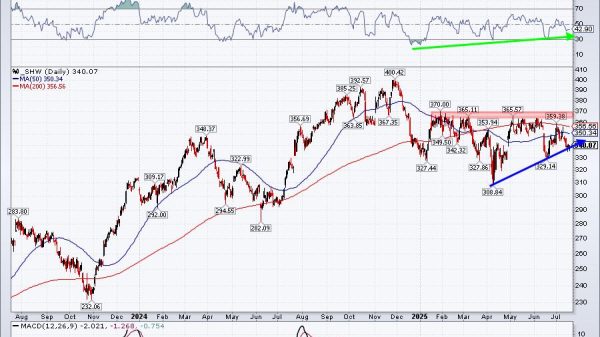Insurance fraud detection has taken some new turns over the past few years. With increasingly advanced technology, integrating AI and machine learning in fraud detection software is a necessity. Americans lose about $300B every year from insurance fraud, with over $60B from false claims of Medicare insurance only.
Traditional fraud detection is based on manual labor of tasks like underwriting, reviewing, historical analysis, or watching databases. Such rule-based tasks can hinder the efficiency and precision of the goals, that is, minimizing such activities.
Technology is a solution to all such challenges. With AI and machine learning, one can now do wonders in every life like never before. AI chatbots and software can develop the chain of fraud detection analysis, so the ratio of fraudulent activities would drop significantly.
Use of Insurance fraud detection software
Insurance fraud detection software developed using machine learning, AI chatbots, advanced algorithms, extensive databases, and analytical design can prevent insurance fraud. It would provide real-time fraud detection through suspicious patterns in false claims.
Cutting-edge technology can be used with trained software developers to develop specialized software according to your needs.
Types of Frauds in the Insurance Industry
Before discussing their fixes, let’s review the types of fraud that insurers experience. This will help them better understand and customize software development.
False Claims
This would include claims that never happened, pre-existing ones, or those with tempered details. One can go to any extent to get the benefit of insurance, whether it’s applicable or not.
Staged Accidents
This happens when accidents are scripted to claim insurance money. If not prevented, such frauds can cost insurers money in medical and property insurance.
Healthcare Misstatements
This is the same as false claims. Policyholders can claim significant statements intentionally by giving concocted history, expensive medical procedures, and false statements.
False Identities
Fraudulent activities through identity theft are also a possibility. One can take someone’s identity to claim insurance.
Staged Property Damage
Like staged accidents, one can intentionally damage property, such as household or office buildings, and then disguise it as accidental. Setting the property on fire or not taking obvious precautionary measures are examples of this.
False Business Claims
This category includes both false claims and misrepresented ones. Businesses can present a loss as having a much higher value than its actual one. Intentionally making risky decisions also falls into this category.
False Life Insurance Claims
In this type of fraud, individuals can stage the death of a person with life insurance to claim the money. Also, they can make false claims by stating the holder is a severe patient of some deadly disease.
Such common types of fraud can cause considerable loss that impacts insurance companies directly or indirectly. They can claim money that directly disturbs the company’s finances. Customer insurer trust deteriorates with such activities. People’s trust in insurance fades away eventually.
Other than these direct losses, the company can bear the reputation impact. The costs of resolving such cases or recovering money from false claims would also disturb their finances.
Key Features in Developing The Software
The key features should be included in the fraud detection software.
Machine Learning
Machine learning provides advanced algorithms that can analyze big data and improve detection rates. It would reduce manual labor as well as errors from work. Workload would be reduced as well as sped up, as it can complete analysis in minutes that might otherwise take days.
Real-Time Monitoring
This would analyze the previous fraudulent patterns and match them with the existing claims. After identifying similar patterns between both, it can be used for real-time monitoring of suspicious behaviors.
Predictive Modelling
The software’s AI chatbots should be able to make predictions and provide data about potential threats. This model also uses machine learning and pattern analysis.
Automation in workflow
Automation helps prevent the losses indirectly by speeding up the process. A smooth and streamlined workflow would be much more efficient than the traditional one.
Identity Analysis
Geographic analysis can detect fraudulent patterns. Identity analysis, which involves reviewing the policyholder’s past travel history, family history, and biometric verification, can give enough data to determine whether that individual falls into a specific red-flagged category.
Conclusion
As we have discussed potential frauds in the insurance industry, insurers can now grasp the company’s loopholes. Developing software with earlier innovations can keep the fraud ratio significantly low.
Once made on the software development, the investment would give the ROI a much greater return.
The post Innovations in Fraud Detection: Exploring Cutting-edge Technologies and Solutions appeared first on IoT Business News.
























